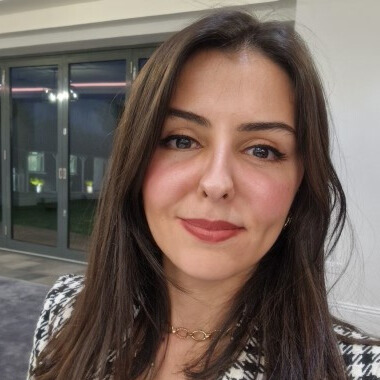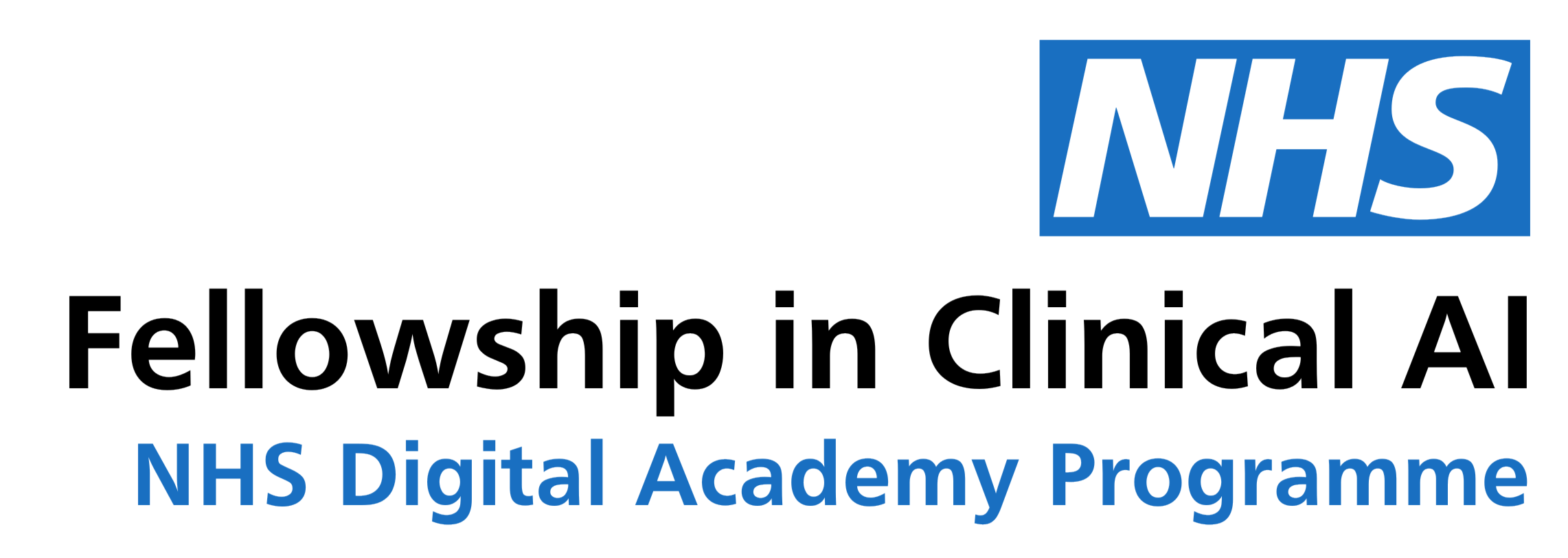
Dilan Şanli
Fellow in Clinical AI, Cohort 3
Fellowship Bio
Dr Dilan Şanli is a Clinical Radiology Resident. She supports international doctors, co-founded Turkish Doctors in the UK, and organised its 2025 symposium. Passionate about digital health, she contributes to advancing Clinical AI and radiology.
Fellowship Project
BRAIN AI, Real world performance evaluation of a machine learning model
University Hospital Southampton NHS Foundation Trust
The main goal of the project was to evaluate a machine learning model designed to assess perfusion deficits on HMPAO brain scans to help identify early signs of dementia. This project aimed to determine whether the model was suitable for clinical use by validating its performance on local data, with the long-term objective of deploying it into clinical workflows. My primary role was to evaluate the model to ensure its applicability to our dataset. This involved first learning how to read and interpret HMPAO scans, then applying the model to our imaging data and analysing its output. I was also involved in the early stages of deployment and planning for integration into clinical practice. In addition, I designed and conducted a survey to assess public opinion on the use of AI in dementia diagnosis, providing valuable insight into the ethical and social dimensions of implementation. I also encouraged the involvement of other clinical trainees in the AI evaluation process to promote wider engagement and understanding within the department. We successfully completed the evaluation phase and the model is now running in shadow mode, meaning it is deployed alongside clinical workflow but not yet influencing decisions. Next steps include full clinical deployment, staff training, adjustments to IT infrastructure to support the model, and implementation of post-marketing surveillance to monitor performance and ensure safety and effectiveness in real-world use.
Fellowship Testimonial
Working on this project has been a highly rewarding and transformative experience. As a radiology trainee stepping into the world of clinical AI, I had to quickly adapt to new technical concepts and workflows outside my traditional clinical training. Learning to interpret HMPAO brain scans, which were unfamiliar to me at the start, required persistence and adaptability. I embraced this challenge and gained a deeper understanding of nuclear medicine imaging, which was essential for evaluating the machine learning model effectively. Critical thinking played a central role throughout the evaluation phase. I had to assess the model’s performance objectively, identify discrepancies, and question its generalisability to our local dataset. This pushed me to not only engage with the technical aspects of AI but also reflect on clinical relevance and potential limitations. Designing a public survey on AI in dementia diagnosis further deepened my critical engagement, highlighting the importance of ethical considerations and public trust. The interdisciplinary nature of the project—bringing together clinicians, data scientists, IT teams, and academic researchers—was both enriching and essential. It underscored the power of collaboration and communication across disciplines. I found particular value in facilitating trainee involvement, as it fostered a shared learning environment and reinforced the importance of team-based innovation. Overall, the project enhanced my confidence in working across domains, strengthened my problem-solving skills, and reaffirmed my interest in shaping the future of AI in clinical radiology.


